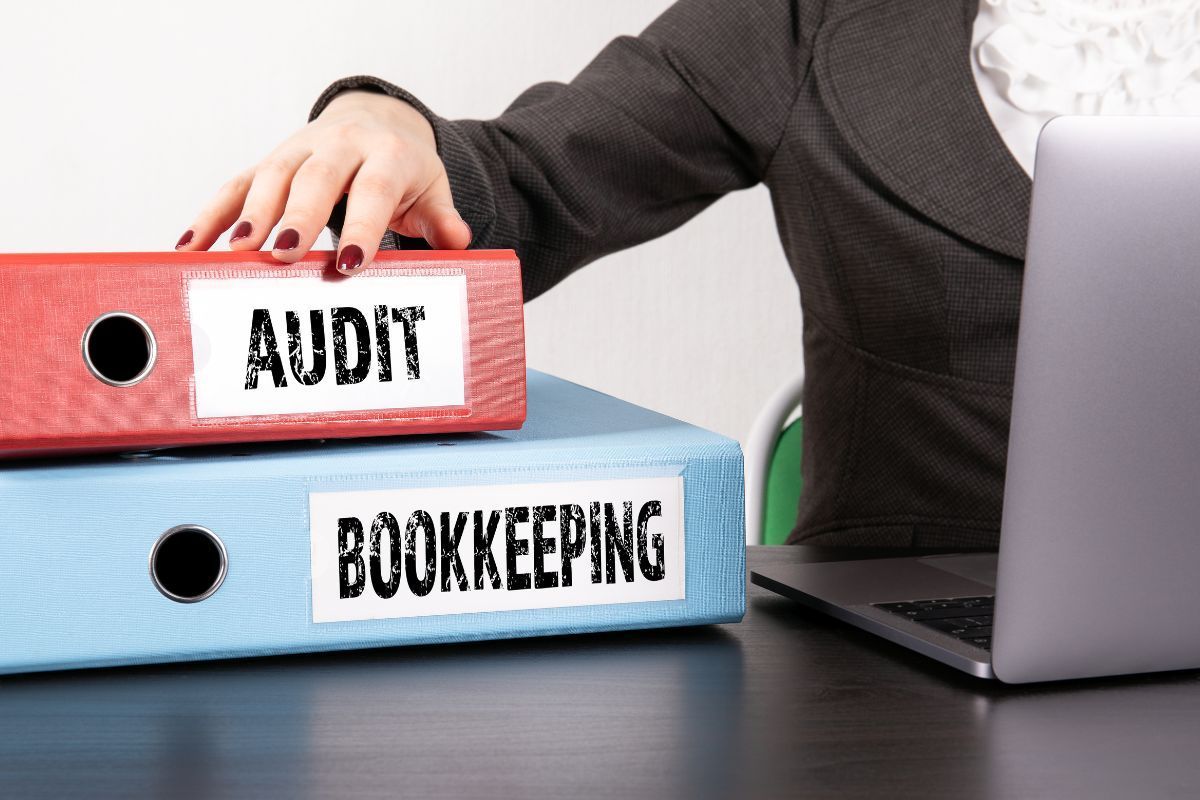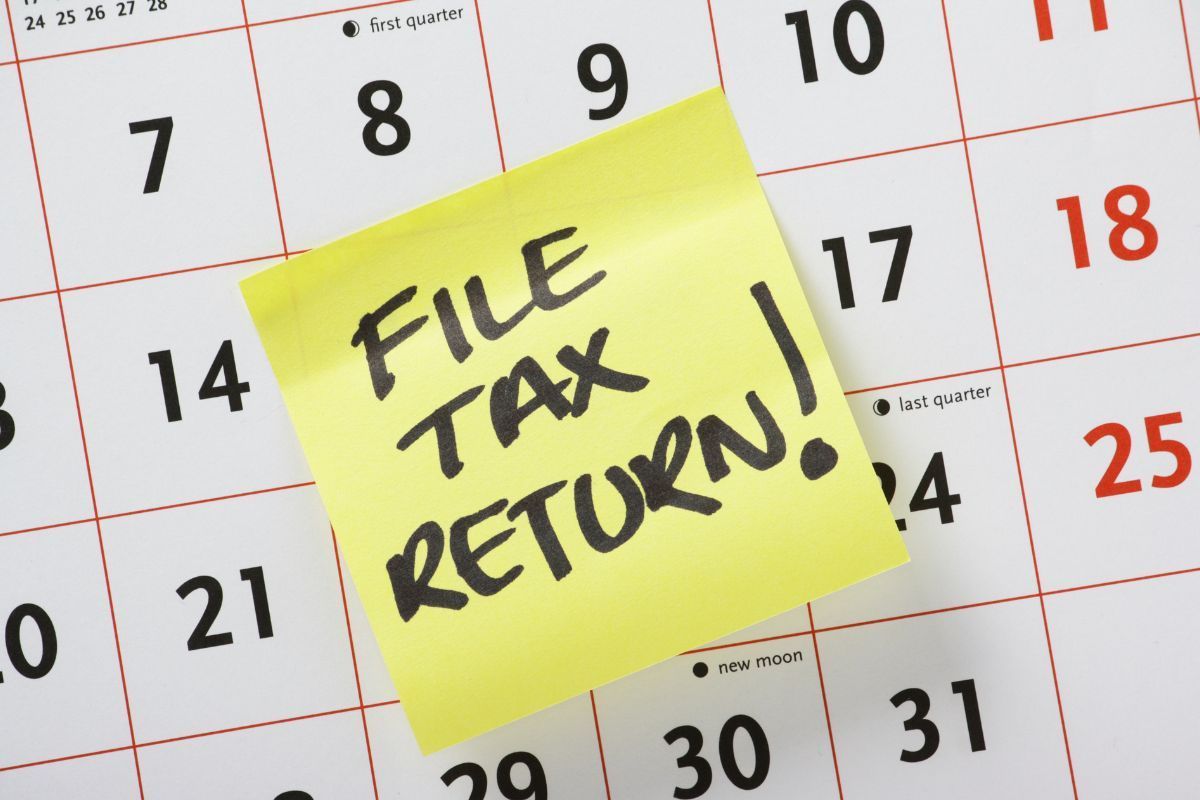Maximizing Tax Returns: What You Should Know
Tax season is here; for many, it’s a stressful time filled with paperwork and confusion. But what if you could turn that stress into an opportunity? You can simplify the process with the right strategies, credits, and deductions. Maximize your refund while complying with the Canada Revenue Agency (CRA) tax laws.
In this article, we’ll explore actionable measures for maximizing tax returns to your advantage and preparing effectively for future tax seasons, ensuring a smooth and stress-free experience.
The Significance Of Maximizing Your Tax Returns In Canada
Maximizing your tax returns puts more money back in your pocket. Whether you’re an individual or a business owner, your refund can be a powerful tool to pay off debt, invest, or save for the future. You can increase your refund and fully comply with tax regulations by leveraging available tools, credits, and expert guidance.
Sure-Fire Strategies For Maximizing Tax Returns
Getting the most out of your tax return doesn’t need to be overwhelming. With the right approach, you can take full advantage of every deduction and credit you’re eligible for. Whether you’re a seasoned taxpayer or filing for the first time, these tips will help you maximize your return and keep more of your hard-earned money.

Input All Of Your Tax Slips
Filing your tax return correctly ensures you’ve included all your tax slips. Forgetting even one can lead to delays, errors, or missed refund opportunities.
Here’s a quick guide to the essential slips you need to gather:
- Employment income. Whether you’re employed or self-employed, you’ll need specific documents. Employed individuals require a T4 slip. Self-employed individuals need a T2125 statement. These show your income and any taxes already deducted.
- Retirement income. If you have retirement income, look for slips like T4A for pensions, T4RIF for income fund withdrawals, or T4RSP for savings plan withdrawals.
- Investment income. If you earn from investments, include slips like T5 (interest/dividends), T3 (trust income), or T5008 (investment sales). These help report capital gains and losses accurately.
Consider using tools like the CRA’s online services or tax software to make tax season easier. These can automatically import your slips, ensuring nothing gets missed and saving you valuable time.
Claim All Your Deductions
Tax season can be overwhelming, but the proper deductions can significantly affect what you owe—or get back. Here are some key deductions to help you save money:
- Registered retirement savings plan (RRSP) contributions. Contributing to an RRSP is a great way to lower your taxable income. Your contribution limit is listed on your CRA Notice of Assessment (NOA). Contributions in the first 60 days of the new year can count toward the previous tax year. It’s not just for retirement—it helps you save on taxes now while planning for the future.
- Childcare expenses. Parents can deduct childcare expenses to reduce taxable income. Eligible costs include daycare, nannies, and some summer camps. The CRA allows claims of up to $8,000 per child under seven and $5,000 for kids aged 7 to 16. Be sure to keep receipts and confirm your provider meets CRA rules.
- Other tax deductions. You may qualify for other deductions based on your situation. These could include moving expenses for work or school, court-ordered alimony, or disability support required to work or study. Each has specific criteria, so review the details.
Claim All Your Credits
Did you know you could lower your tax bill with credits you might already qualify for? Here are some key tax credits to help you save money:
- Work-related expenses. The Canada employment account relieves costs like uniforms, supplies, and other job-related expenses. It’s a simple way to offset the cost of staying employed.
- Charitable giving. Donations to registered charities can earn you up to 33% tax credit. You can even combine donations from the last five years to maximize your benefit when it matters most.
- Tuition costs. Students can claim 15% of eligible tuition fees to reduce their taxes. If you’re not using it this year, move it forward or transfer it to a parent or grandparent for extra flexibility.
- Digital news subscriptions. Support Canadian journalism and save. If you subscribe to qualifying news outlets, you can claim a tax credit for the subscription cost.
Update Your Dependents
Life changes like marriage, having kids, or adopting can affect your taxes. Staying updated helps you maximize potential benefits. Here’s what to know:
- Claiming a dependent. Single parents can claim one child as a dependent and unlock benefits like GST/HST credits, providing extra financial support for everyday expenses.
- Spousal benefits. If your spouse has little to no income, you may be able to claim their basic personal amount, which can lower your taxable income and reduce the taxes you owe.
- Education credits. If your spouse is pursuing post-secondary education, you might qualify for spousal education credits, potentially reducing your taxes by up to $5,000 annually.
Include All Capital Losses
Did you know you can carry investment losses from previous years to save on taxes? If you’ve had losses in non-registered accounts, use them to offset capital gains this year or in the future.
This strategy is beneficial if you expect higher gains in the coming years. It gives you more control over your tax liability. Keep correct records of your losses to maintain accurate tax reporting.
Optimize Your RRSP Contributions
Planning for retirement? RRSPs offer a smart way to grow your wealth. Contributions lower your taxable income and enable your investments to multiply tax-free until you withdraw them upon retirement. By contributing up to your annual limit, you can leverage tax advantages and benefit from compound growth over time.
Use Tax-Free Savings Accounts (TFSAs)
A tax-free savings account (TFSA) is one of the most versatile tools for Canadians looking to grow their money. The key benefit is that any earnings in your TFSA—whether from interest, dividends, or capital gains—are entirely tax-free.
Contributions to a TFSA aren’t tax-deductible like RRSPs. However, growth in a TFSA is tax-free. This makes it an excellent tool for building wealth faster. Plus, TSFAs are flexible. Use them to save for retirement, a significant purchase, or even an emergency fund. With no tax penalties on withdrawals, your money is there when needed.
Implement Income-Splitting Strategies
Looking to reduce your family’s tax bill? Income splitting can be a powerful way to maximize after-tax income and improve financial efficiency. Here are a few strategies to consider:
- Split pension income. If you’re retired, you can set aside up to 50% of qualified pension income for your spouse. This can lower your combined taxes and keep more money in your household.
- Use a spousal RRSP. Contributing to a spousal RRSP can save on taxes. The higher-earning spouse contributes to help the lower-earning spouse. In retirement, withdrawals are taxed at a lower rate.
- Share investment or property income. Assign income from rental properties or assets to family members in lower tax brackets. This helps spread the tax burden across the household more efficiently.
Track Work-From-Home Expenses
Working from home could save you money during tax season. The CRA allows remote workers to claim deductions. These include expenses like rent, Internet, utilities, and office supplies. You can choose between two methods:
- Flat rate method. Claim up to $500 without needing detailed receipts.
- Detailed method. Submit records of your actual expenses for a potentially higher deduction.
Keep receipts and track your expenses throughout the year to get the most out of your claim.
Frequently Asked Questions
Is an RRSP contribution the key to maximizing your tax refund?
Contributing to your RRSP is a smart way to cut down on your taxable income and boost your tax refund. Check your Notice of Assessment (NOA) to see how much contribution room you have, and aim to contribute as much as your budget allows.
How much can you claim for a maximum tax refund in Canada?
Your refund has no fixed limit—it’s determined by the amount of tax you’ve paid and the necessary deductions and credits applicable to your situation.
How can self-employed people maximize their tax refund?
Self-employed professionals can take advantage of various work-related tax deductions, including:
- Expenses for home office
- Business-related travel expenses
- Fee for accounting or other professional services
- Vehicle expenses incurred for business purposes
Why Seek Professional Assistance?
Canada’s tax system can be challenging to navigate, even with tips and tools at your disposal. That’s where
AdilCPA comes in. With a skilled and experienced team, they make tax season stress-free by helping clients maximize every eligible deduction and credit. By taking care of the details, AdilCPA lets you focus on what truly matters.

Take Control Of Your Tax Refund: Start Maximizing Today
Maximizing tax returns requires strategic planning and careful attention to detail. You can retain more of your hard-earned money by taking advantage of available deductions, credits, and expert guidance. Consult a professional for seamless tax preparation and to ensure you’re making the most of your tax returns effectively. Start today and make every dollar count.
Want more information?
Richmond Hill, ON
Calgary, AB
Vancouver, BC
Ottawa, ON
Winnipeg, MB
Hamilton, ON
Halifax, NS
Mississauga, ON
Toronto, ON
Brampton, ON
Oakville, ON
Milton, ON
Markham, ON
Vaughan, ON



